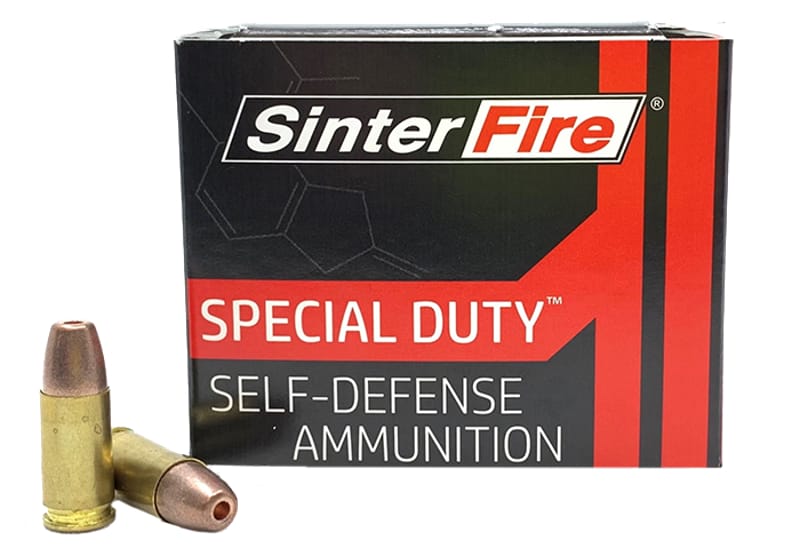2damnold4this
New member
M855 certainly depends on yaw for wounding as do many other FMJ military bullets. Hunting bullets do not depend on yaw for wounding.
The US Army claims the new M855a1 bullet is not dependent on yaw:
The Army tackled the consistency issue by focusing on the yaw of a projectile and how differences in yaw can influence results when striking soft targets. The M855 round, similar to the Army's M80 (7.62mm ball round), is a "yaw-dependent" bullet. As any bullet travels along its trajectory, it "wobbles" in both pitch and yaw, causing the projectile to strike its target at different attitudes with virtually every shot.
For a yaw-dependent bullet such as the M855 or M80, this results in varying performance, depending upon where in the yaw/pitch cycle the bullet strikes its target. For example, at a high angle of yaw, the M855 performs very well, transferring its energy to the target in short order. At a low angle of yaw, however, the bullet reacts more slowly, causing the inconsistent effects observed in the field.
The M855A1 is not yaw-dependent. Like any other bullet, it "wobbles" along its trajectory. However, the EPR provides the same effects when striking its target, regardless of the angle of yaw. This means the EPR provides the same desired effects every time, whether in close combat situations or longer engagements. In fact, the U.S. Army Research Laboratory (ARL) verified through live-fire tests against soft targets that, on average, the M855A1 surpassed the M80 7.62mm round. The 7.62mm, although a larger caliber, suffers from the same consistency issue as the M855, but to a higher degree.
https://www.army.mil/article/48657/evolution_of_the_m855a1_enhanced_performance_round
The US Army claims the new M855a1 bullet is not dependent on yaw:
The Army tackled the consistency issue by focusing on the yaw of a projectile and how differences in yaw can influence results when striking soft targets. The M855 round, similar to the Army's M80 (7.62mm ball round), is a "yaw-dependent" bullet. As any bullet travels along its trajectory, it "wobbles" in both pitch and yaw, causing the projectile to strike its target at different attitudes with virtually every shot.
For a yaw-dependent bullet such as the M855 or M80, this results in varying performance, depending upon where in the yaw/pitch cycle the bullet strikes its target. For example, at a high angle of yaw, the M855 performs very well, transferring its energy to the target in short order. At a low angle of yaw, however, the bullet reacts more slowly, causing the inconsistent effects observed in the field.
The M855A1 is not yaw-dependent. Like any other bullet, it "wobbles" along its trajectory. However, the EPR provides the same effects when striking its target, regardless of the angle of yaw. This means the EPR provides the same desired effects every time, whether in close combat situations or longer engagements. In fact, the U.S. Army Research Laboratory (ARL) verified through live-fire tests against soft targets that, on average, the M855A1 surpassed the M80 7.62mm round. The 7.62mm, although a larger caliber, suffers from the same consistency issue as the M855, but to a higher degree.
https://www.army.mil/article/48657/evolution_of_the_m855a1_enhanced_performance_round


